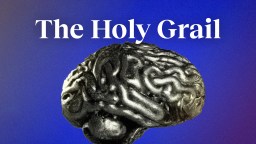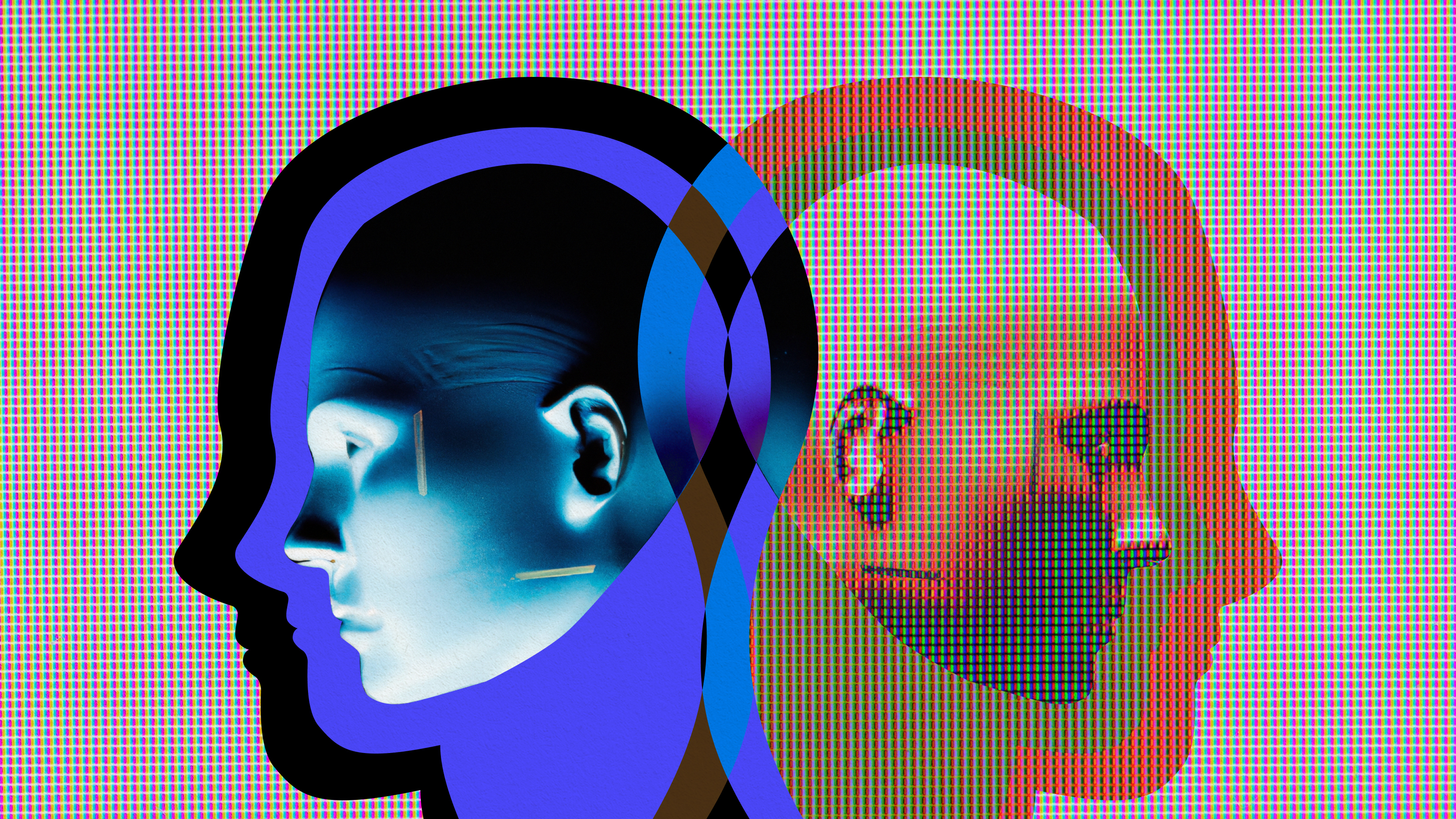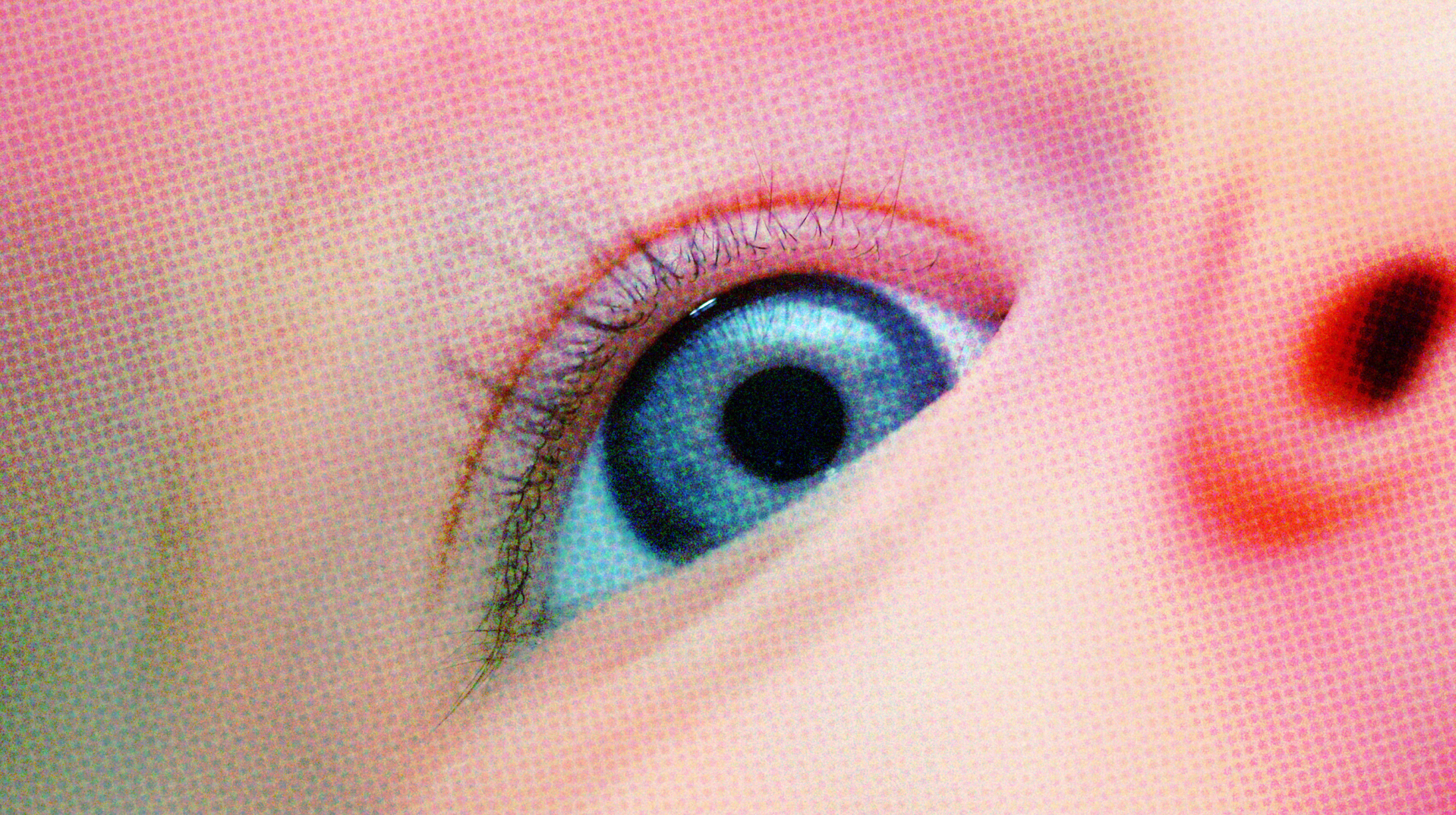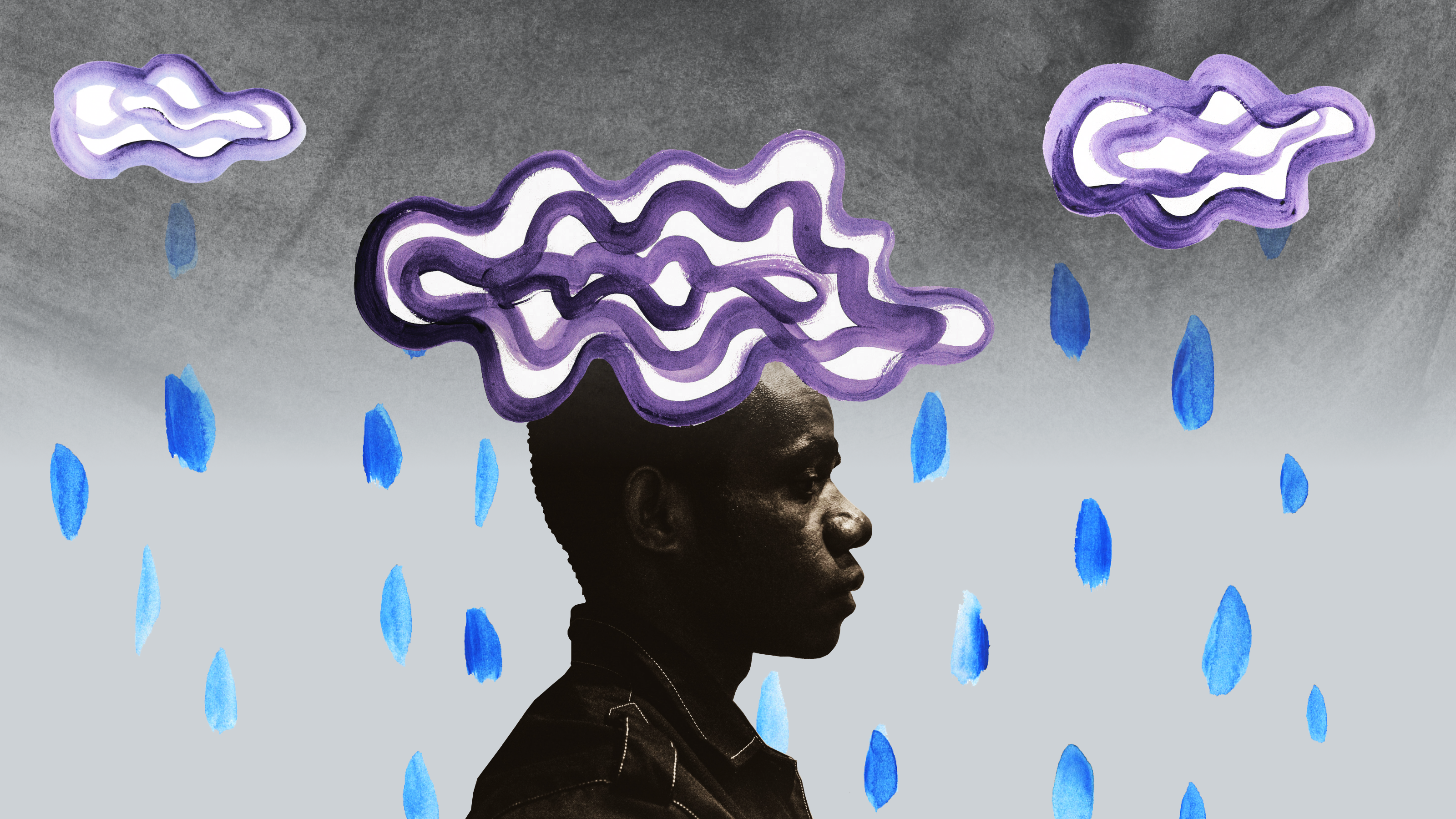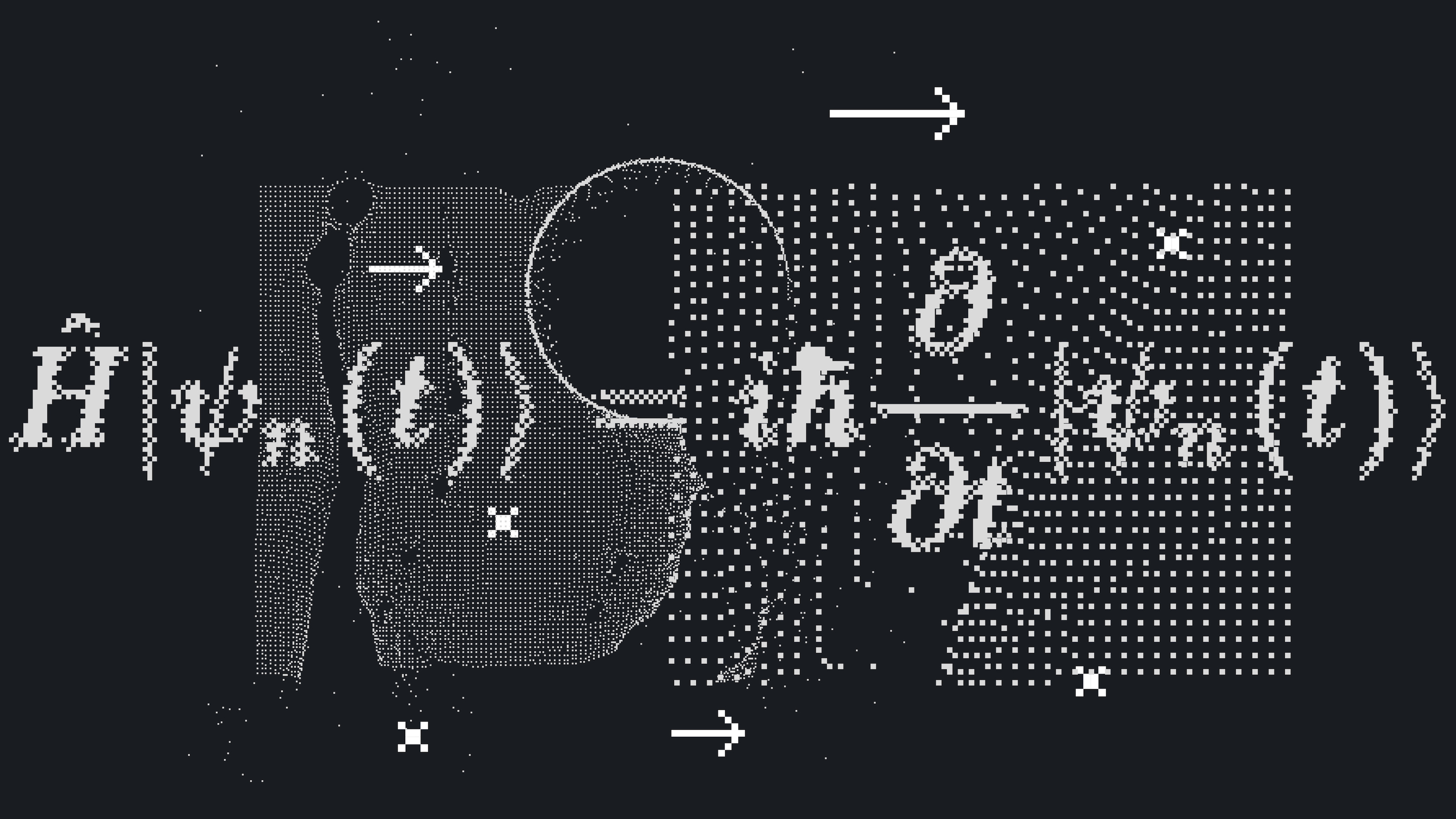Neuroscientist loses a 25-year bet on consciousness — to a philosopher

- Neuroscientist Christof Koch and philosopher David Chalmers bet 25 years ago on whether science would have an explanation for consciousness by now. Tests of the two leading theories of consciousness revealed that both are incomplete.
- Chalmers’ “easy” problem of identifying neural correlates of consciousness proved more complex than expected, with crucial aspects like self-awareness overlooked in studies.
- The “hard” problem of how brain processes create subjective conscious experience remains unsolved — and will remain that way for a very long time.
Twenty-five years ago, two academics made a bet about consciousness. Christof Koch, a neuroscientist, wagered David Chalmers, a philosopher, that the brain mechanisms underlying consciousness would be known by 2023. Chalmers thought otherwise.
When they made the bet, many scientists were busy using newly developed neuroimaging technology to search for what they called the neural correlates of consciousness, defined by Koch, in a recent interview with the Swedish science magazine Forskning & Framsteg, as “the footprints of consciousness in the organ of consciousness, which is the brain.”
Koch and Chalmers agreed to set up a series of studies by rival consciousness researchers, who would collaborate on experiments designed to test each others’ ideas about how the brain generates consciousness. The preliminary results of some of these experiments were presented at the 26th annual meeting of the Association for the Scientific Study of Consciousness (ASSC), held recently at New York University, where Chalmers now directs the Center for Mind, Brain, and Consciousness.
Two theories of consciousness
The experiments were carried out in six independent laboratories and were specifically designed to test the global workspace theory (GWT) and information integration theory (IIT), the two leading theories of consciousness. Fundamentally, the two theories differ in how they explain the neural basis of consciousness: GWT explains it in terms of a set of brain structures, whereas IIT regards it as a computational function.
According to GWT, which was proposed by Bernard Baars in the 1980s, consciousness is generated by core neural architecture that processes largely unconscious information, and then the prefrontal cortex broadcasts that information to a wider network, so that it enters conscious awareness. IIT, proposed by Giulio Tononi, states that consciousness corresponds to the capacity of a system to integrate information, and that a system becomes conscious when the amount of information being integrated, designated as Ф (phi), passes a certain threshold.
The results presented at the ASSC meeting showed that both theories are still incomplete — in other words, neuroscientists do not understand consciousness. So, during the main event, Koch appeared on stage to present Chalmers with a case of fine wine.
The easy problem isn’t easy
Chalmers is perhaps best known for making the distinction between the “easy” and “hard” problems of consciousness. The easy problem, which the wager focused on, is identifying the neural correlates of consciousness. It turns out the easy problem isn’t all that easy.
Neuroimaging experiments designed to investigate the neural correlates of consciousness typically involve scanning peoples’ brains while they view visual stimuli that drift in and out of conscious awareness, and then identifying the brain structures that are engaged during these processes. This approach did indeed identify brain structures and mechanisms underlying conscious perception of sensory stimuli, but it ignored other important aspects of consciousness.
We all know at a gut level what it means to be conscious, but it is still very difficult to define. We can say, though, that being conscious involves not only having awareness of the outside world, but also having awareness of one’s self and one’s relationship with the environment. While the brain surely plays a major role in generating our conscious experiences, awareness of one’s self involves complex interactions between the brain and the body. In order to gain a better understanding of the full spectrum of consciousness, we will need to take these interactions into account.
The (really) hard problem
Given that the easy problem is actually hard, the (really) “hard” problem of how physical processes in the brain give rise to subjective conscious experience probably will remain unsolved for a very long time to come. Perhaps it never will be solved.
